
Encounters - embodied matters of entanglement concluded the third chapter of Timothy Nouzak’s current research project Transient relations: towards a transindividual embodied research dispositive, a reflection on systemic sustainability and intercultural exchange through the lens of social science and embodied cognition.
In collaboration with: NTUA - National Taiwan University of Arts Graduate School of Contemporary Visual Culture and Practice, the NTUA College of Performing Arts
Concept and Idea: Timothy Nouzak
Photo/ Documentation: NTUA
The research in collaboration with the Graduate School of Contemporary Visual Culture and Practice from the NTUA - National Taiwan University of Arts gave graduate students the possibility to explore time and space concepts through collective embodied sensing practices. The aim was to rethink the relationship to the body by engaging in practices of collective listening and sensing. Through the practices, skills and knowledges arrived to the foreground that extended beyond the (collective) body, and that could be applied to digital video technology contexts, incorporating compositional elements such as feedback loops, geometric shapes, repetition, and frequency.
By engaging with elements found in traditional embodied choreography and digital visual composition, a deeper understanding of how time and space can be reflected through embodied practices arose, as well as how these practices can be translated into an intersectional space where live performance and digital spaces coexist. This freedom allows for the individual to decide where the underlying performance composition lies. Through exploring the interplay between embodied practices and digital mediums, expanded ways of creating performances arose, breaking down the boundaries between embodied practices and applied digital video technology.
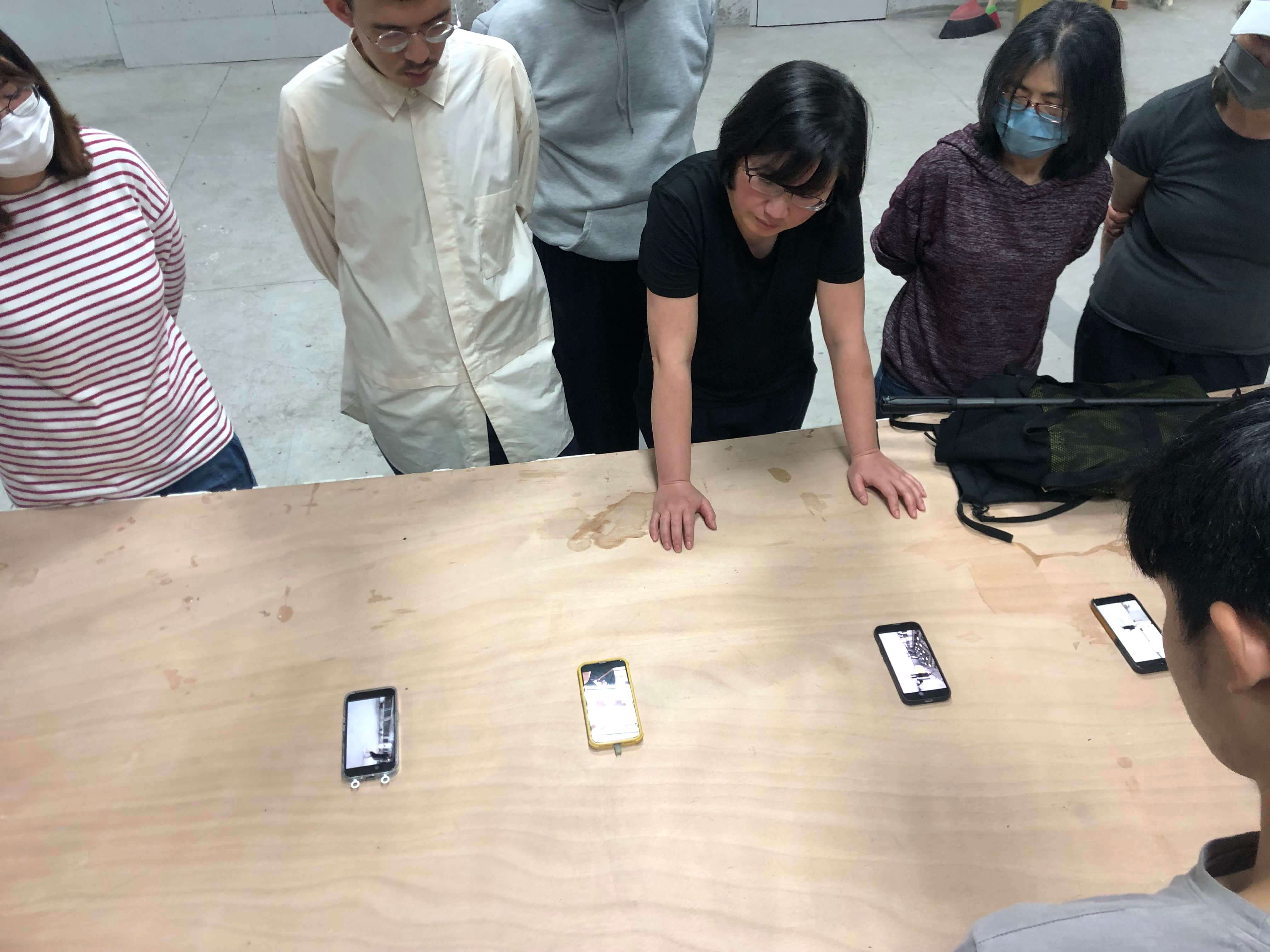








The research with the NTUA College of Performing Arts from the NTUA - National Taiwan University of Arts focused on exploring collective compositional movement structures through a concept map, maps of entanglement, designed to deepen the understanding of the perspectives and experiences of the other presences in space, and to improve their ability to empathize with them.
The practice originated from improvisational movement scores and involved creating a map that accumulates various ways of encountering through compositional structures that relate to embodied forms of listening and sensing. Within the doing, a shared collective body of knowledge is created that relates to implicit and non-verbal communication, fostering an intuitive understanding that helped everyone involved to relate to each other in an instant and improvised manner.

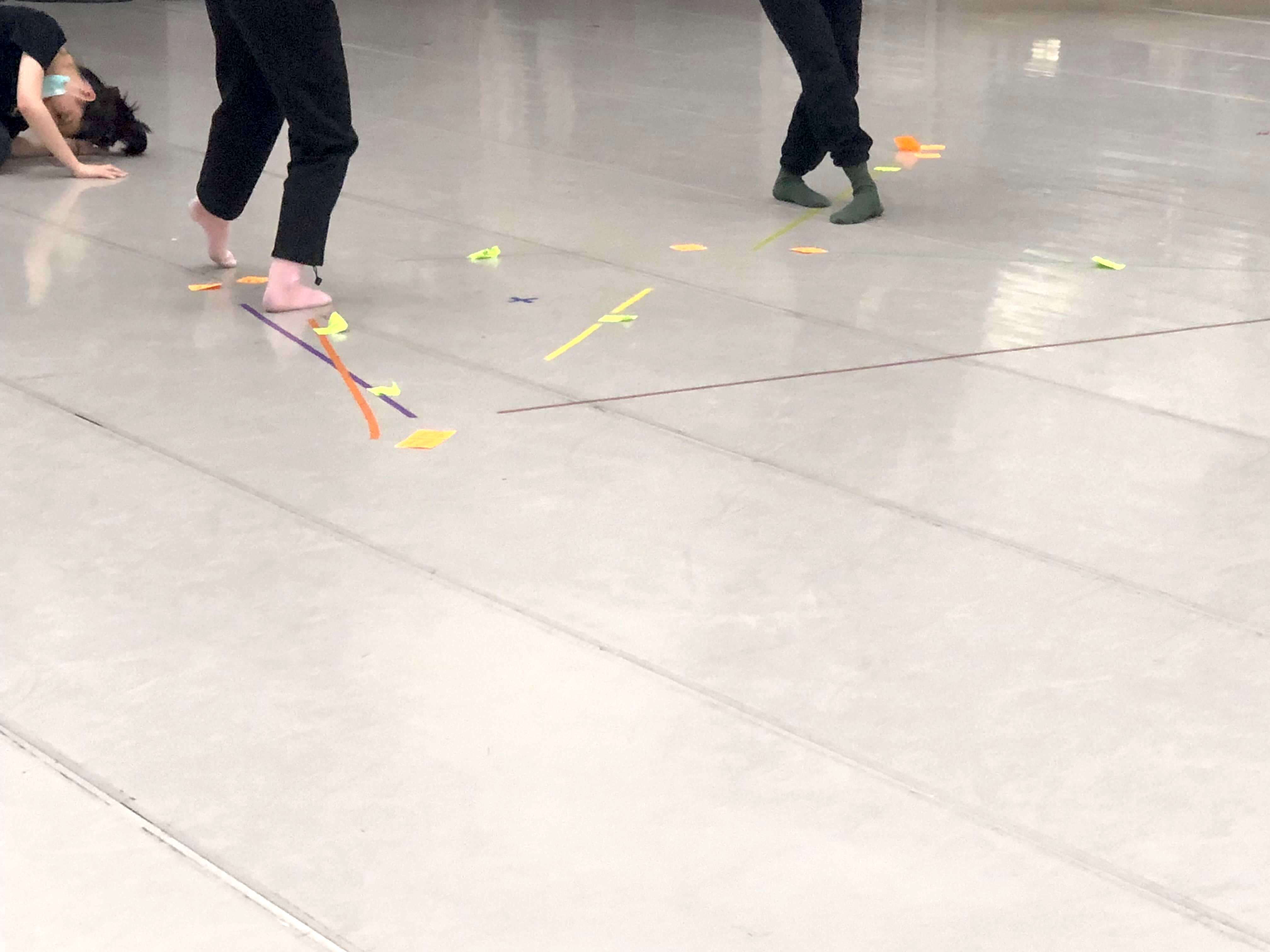
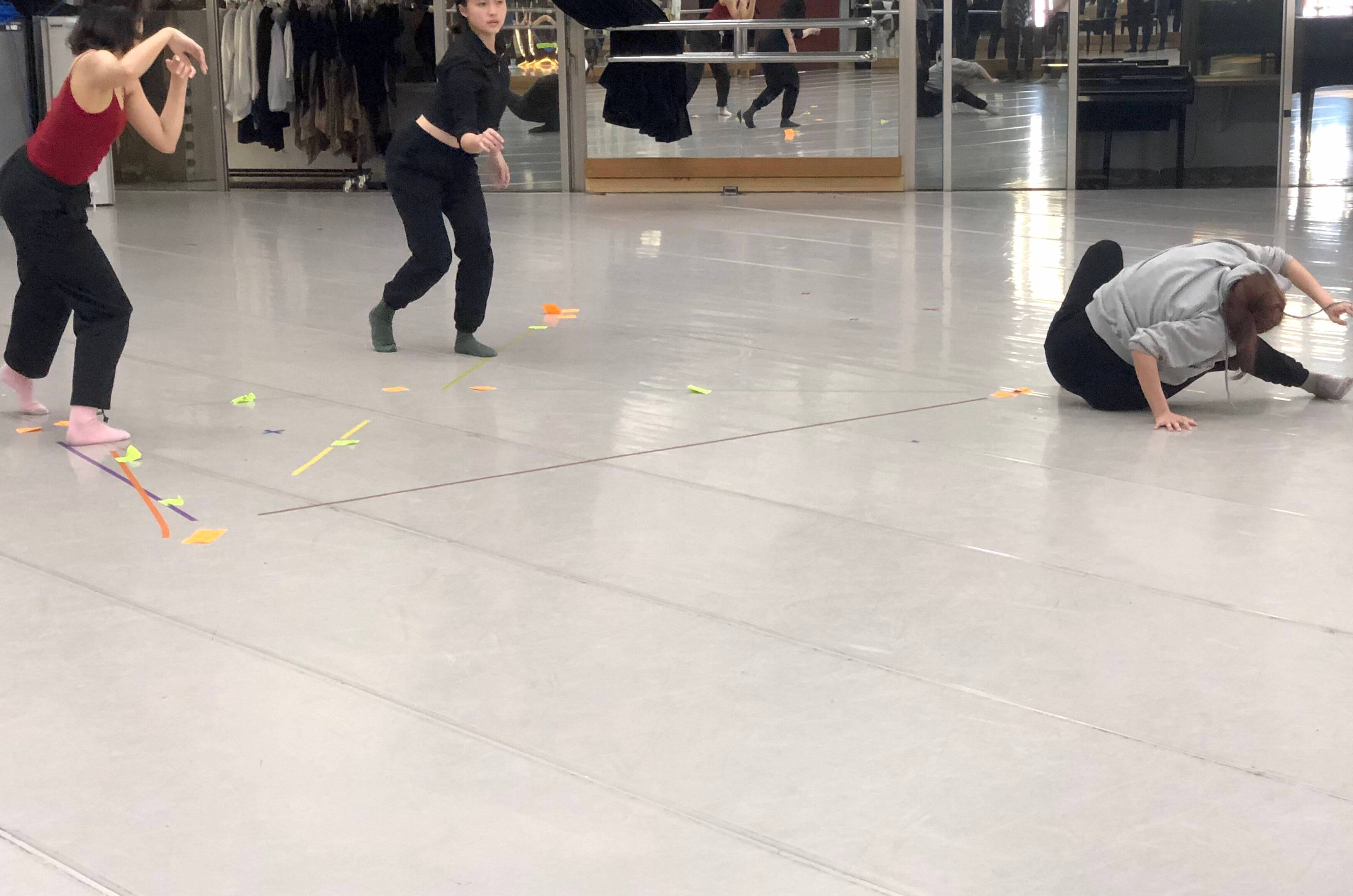



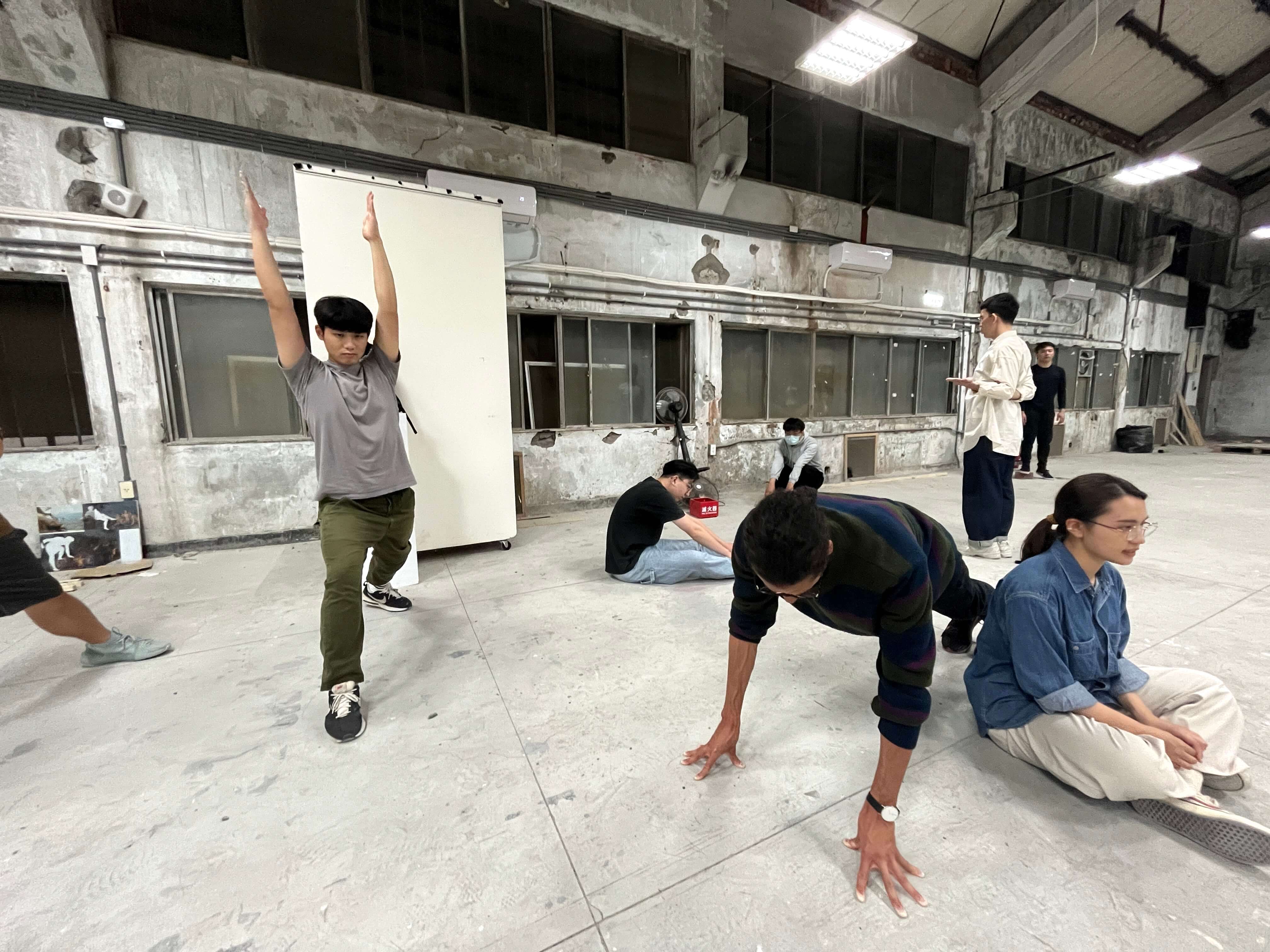
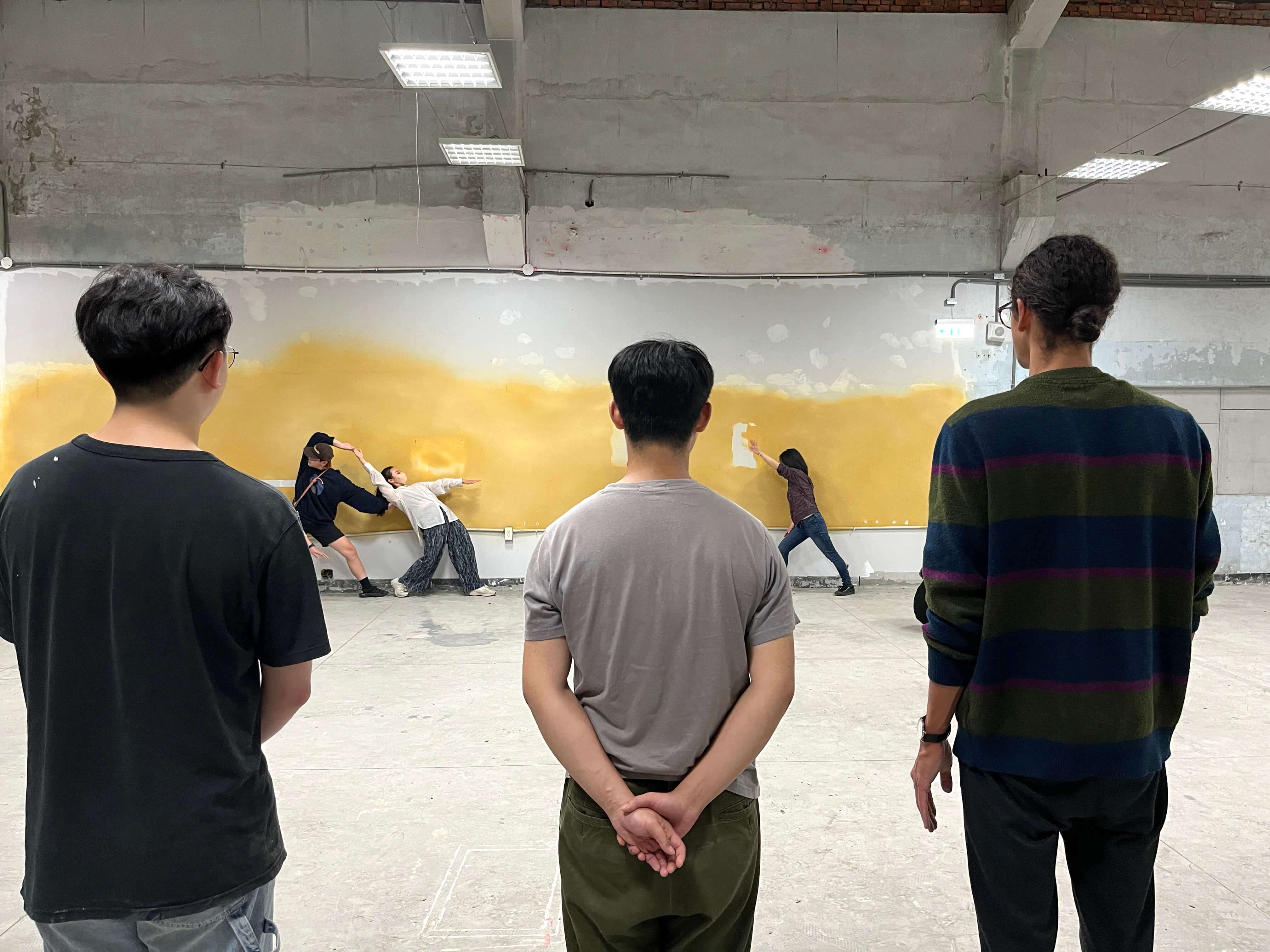

Maps of entanglement
I. Introduction
The facilitator introduces the concept of maps of entanglement, explaining is contents and how it can be useful. They also provide further gerneral context of how maps as a choreographic tool can be used in various creation contexts and how they relate to interpersonal communication beyond the performing arts context.
II. Improvisation.
Participants engage in a short guided movement score practice that reflects on various organizational articulations how a group can be organized in space and how individuals' movements relate to each other.
III. Lingering context
The facilitator guides participants in reflecting on the structural principles observed in the improvisation and how they have helped to organize and frame the space.
IV. Entanglement mapping practice:
Participants work in smaller groups to notate their thoughts on post-it notes, which are then incorporated into a larger collective map.
V. Group discussion:
Based on the shared map, each group draws further connections between two concepts using tape. The groups then discuss, if possible further reorganizations are needed.
VI. Entangled concepts:
Each smaller group labels and names one connection between the two concepts with an intuitive, affective concept
VII. Performing the entanglement:
Each group connects with another concept and formulates a brief choreographic articulation that relates to both concepts as a guiding structural principle. Don’t forget to consider how it relates to the other presences in the space and the audience.
© special thanks to
© photo by NTUA


